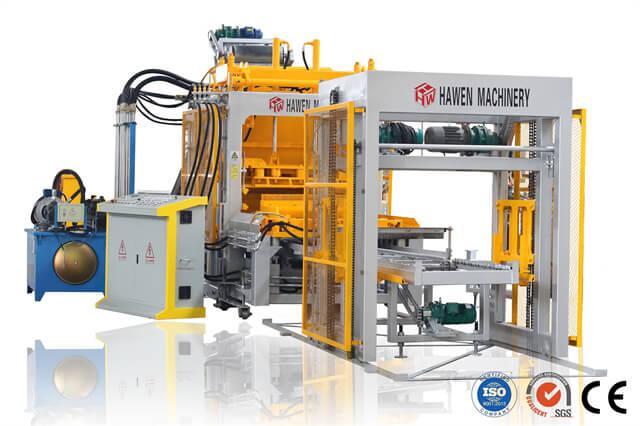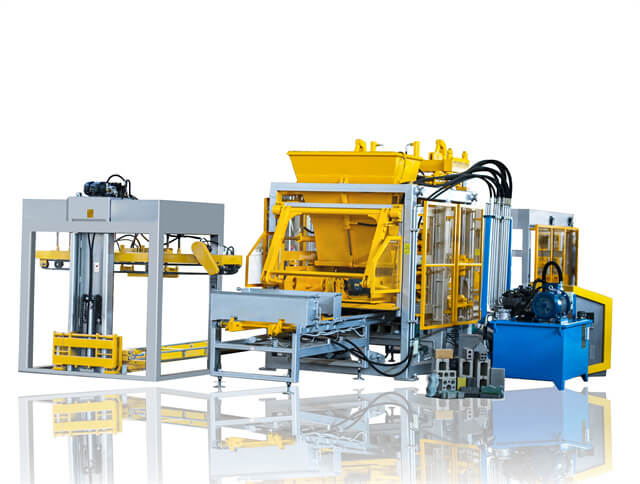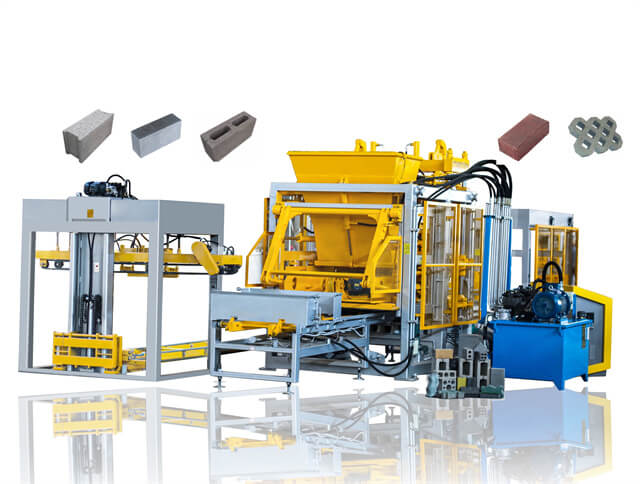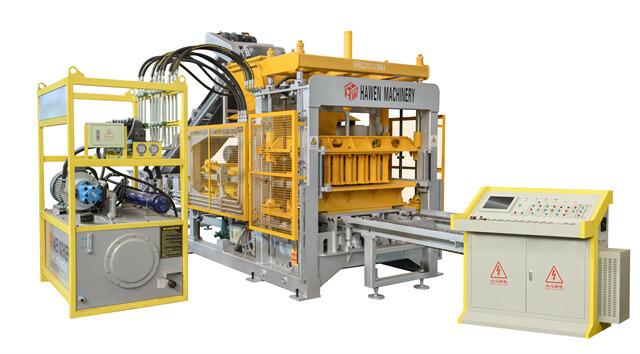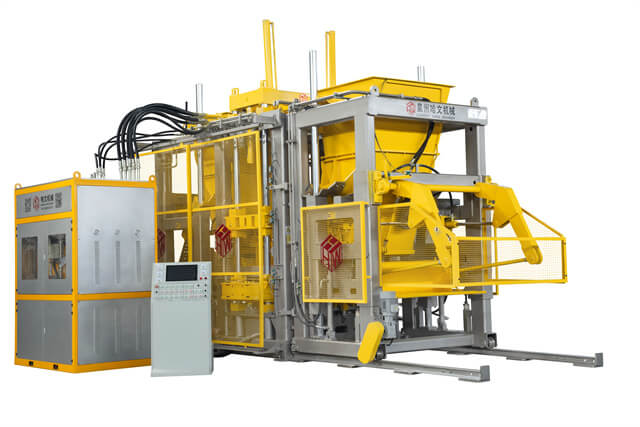Author:HAWEN Block MachineFROM:Brick Production Machine Manufacturer TIME:2024-07-13
Introduction:
The production process of pallet block machines plays a crucial role in the manufacturing of pallet blocks. Pallet blocks are widely used in various industries for transportation and storage purposes. This article will provide an overview of the pallet block machine production process, highlighting the key steps involved.
Pallet blocks are typically made from waste wood materials such as sawdust, wood chips, and shavings. The first step in the production process is to gather and prepare these raw materials. They are collected, sorted, and then dried to the required moisture content.
Once the raw materials are dry, they need to be finely ground and mixed together. This is done using a wood grinding machine, which reduces the size of the materials and ensures a homogeneous mixture. The grinding process also helps to remove any impurities present in the raw materials.
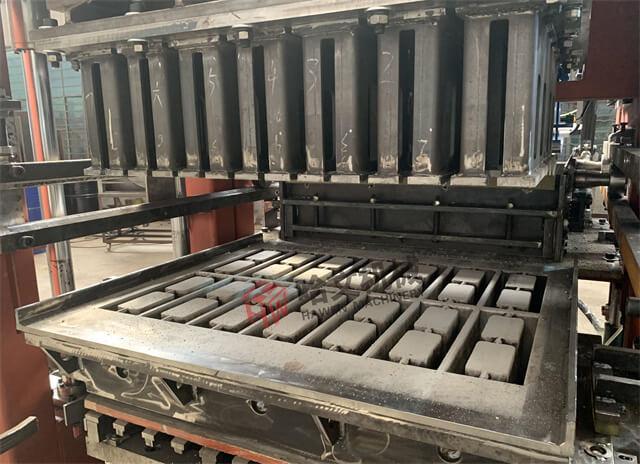
After the grinding and mixing process, the material needs to be shaped and compacted into pallet blocks. This is done using a pallet block machine. The machine compresses the mixture under high pressure, using heat and glue, to form solid and durable blocks. The size and shape of the blocks can be adjusted according to specific requirements.
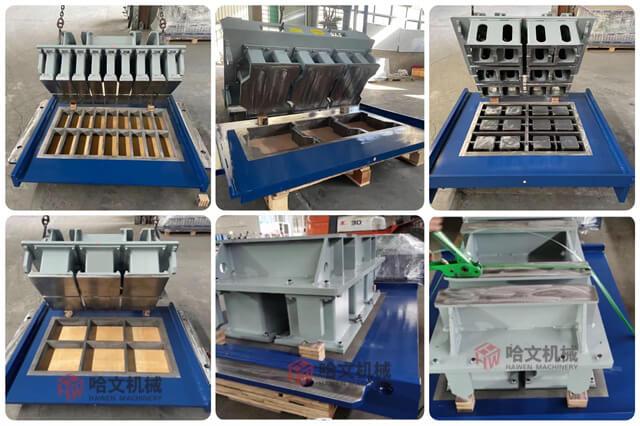
Once the blocks are formed, they need to be cooled and dried. This is done by placing the blocks on a cooling rack where they are exposed to ambient air. The drying process can take several hours or even days, depending on the moisture content of the blocks. Proper drying is essential to ensure the blocks are fully cured and ready for use.
After the blocks are dried, they are trimmed and cut to the desired size using a cutting machine. This ensures uniformity in the dimensions of the blocks, making them suitable for use in pallets. The blocks may also undergo additional finishing processes such as sanding or painting, depending on customer requirements.
Before the pallet blocks are packaged and shipped, they undergo rigorous quality control checks. These checks include inspecting the blocks for defects, measuring their dimensions, and testing their strength and durability. Any blocks that do not meet the specified standards are rejected to maintain the quality of the final product.
Once the quality control checks are complete, the pallet blocks are carefully packaged for shipment. They are usually stacked and wrapped with plastic or stretch film to protect them during transportation. The blocks are then stored in a warehouse until they are ready to be delivered to customers.
The final step in the production process is the delivery and distribution of the pallet blocks to customers. The blocks are loaded onto trucks or containers and transported to various destinations. Depending on customer requirements, the blocks can be delivered directly to the end-users or to distributors and retailers.
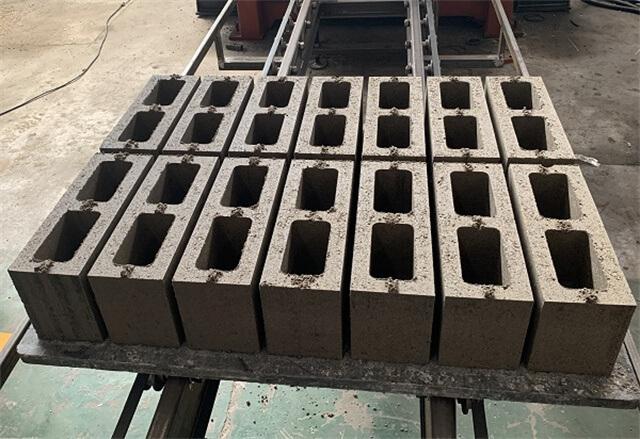
In conclusion, the production process of pallet block machines involves several essential steps, starting from raw material preparation to the delivery of the finished blocks. Ensuring quality control at each stage is crucial to produce durable and reliable pallet blocks that meet customer requirements. The use of advanced machines and technologies has greatly improved the efficiency and productivity of this process, making pallet block production a vital component of the logistics industry.
